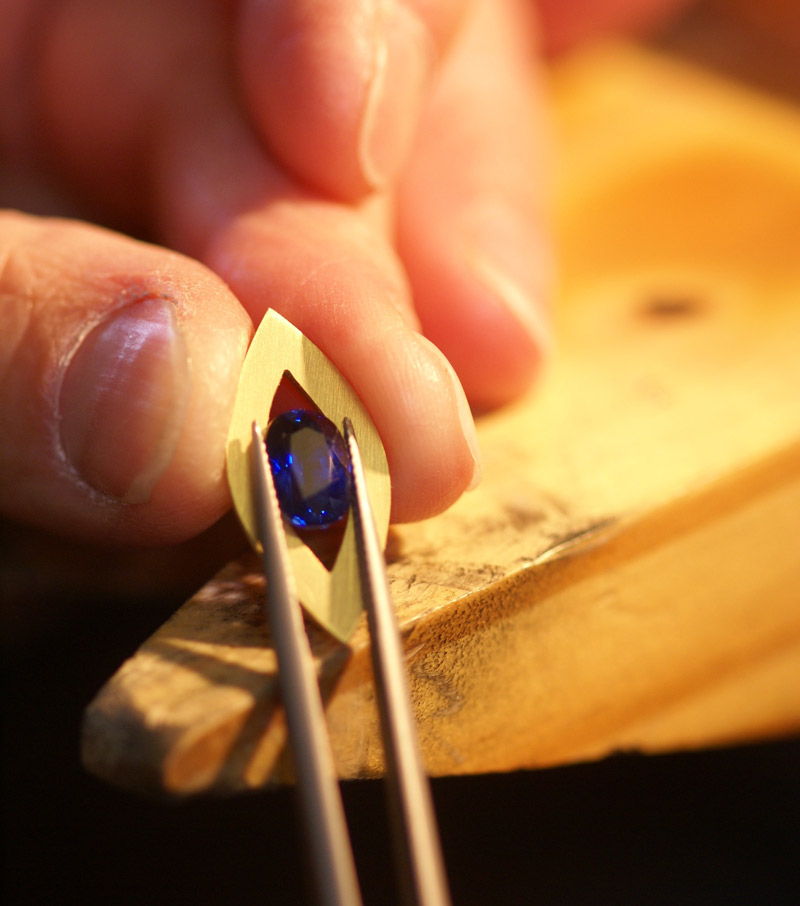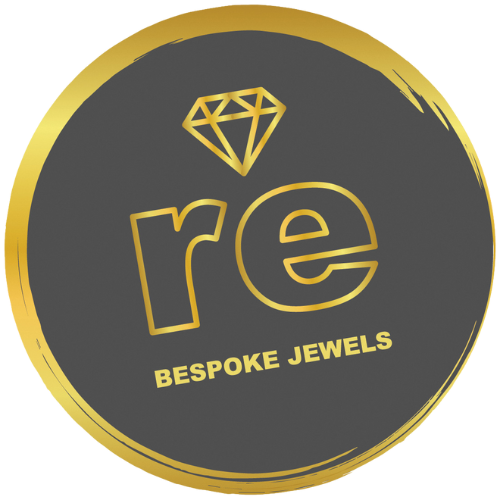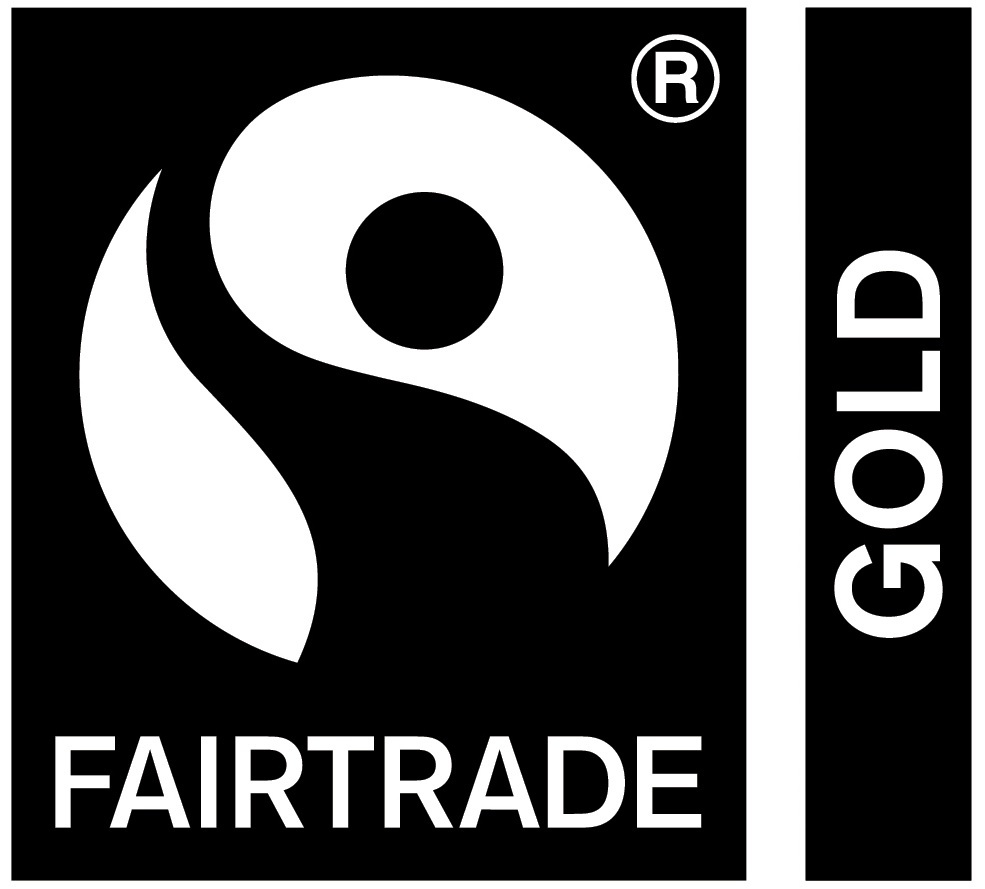“Natural colour can brighten your day
– but stone quality is the key”
About Gem Quality
Unlike diamonds, the coloured precious gems do not have a formal grading system – largely because the quality parameters are so complex and interdependent. It is hard to see how a useful formula for their quality could be arrived at. But make no mistake – their quality has just as much impact on the beauty of your jewellery as does the quality of diamonds.
The imperfections or ‘inclusions’ within the stone are perhaps less significant than for diamonds as colour disguises minor inclusions that would be more obvious in a clear diamond. But this is a matter of degree – inclusions should still not be large enough to be readily seen and spoil the beauty of the coloured stone.

The quality of cut of the stone is also important. In general, the more precise the cut of each facet the brighter the stone will appear.
There is, however, more permissible variation of the proportions than for diamonds since the best colour is being pursued by the cutter above reflectivity. But a shallow cut stone is unlikely to reach the richer colour tones and will look odd in certain types of setting. Material of weak colour may be cut deeper to compensate for this but the stone may then be so deep as to be ungainly in its setting. Also, a poor cut may lead to a pale colour ‘window’ as viewed through the stone.
The pavilion, or back of the stone, may sometimes be significantly off-centre which, again, will look ungainly in some settings as well as possibly leading to uneven colour distribution. Uneven strength of colour through the stone is a feature to avoid. A particularly unsightly version of this feature is dark and light bands of colour.
Stones that are too light will lack impact and those overly dark will not exhibit much richness of colour. But, within these limits there is some scope for personal preference in colour tone and intensity. The gem trade and gemstone investors, or just serious lovers of gems, will have established a preferred combination of tone and intensity, it is usually a rich, strong colour, that is deemed the ideal and commands the highest price. But individual clients may well prefer a lighter tone and, again, the apparent colour will differ according to the design of setting so that the deeper tones may look too dark once set in a given piece of jewellery. So the tone and intensity of colour, while it will certainly affect price, should not be seen as an absolute measure of quality. What the client finds most lovely is more important than expert opinion on this particular point. The above points apply to most coloured precious stones: Sapphire, Ruby, Emerald, Tanzanite, Aquamarine etc.. However, some stones such as opal have rather different quality parameters to consider – and pearls are quite a different case.
Roger would be happy to discuss any queries you have on this or any other jewellery subject
– Just visit the Studio


